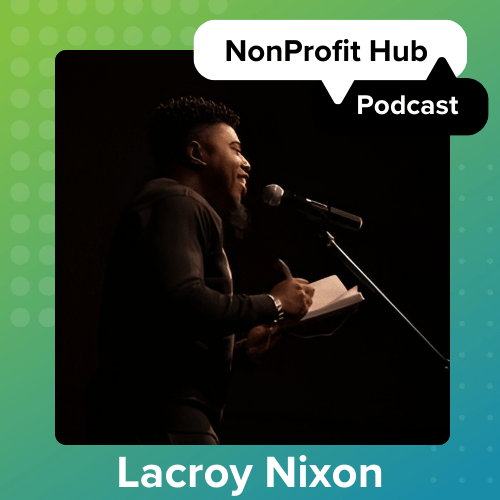If you’re thinking about starting a nonprofit and the plan is to use grants alone to get it funded—think again. So many first-timers think grants are the way to go as their main funding source.
But, typically, most granting organizations won’t do startup work. They tend to prefer organizations with a history of success and a set of results to base decisions off of. Sure, grants for new organizations are out there—I’ve talked before about how we got one here at Nonprofit Hub. But we were deliberate in building relationships in this circumstance. I’ve incubated several other organizations without this help.
Your startup nonprofit probably won’t be able to rely on grants, so here are some alternative routes you should pursue.
Build a donor base
Start by looking to your friends and others interested in the cause, and encourage them to get involved. That’s how you can start retaining your major, loyal donors. When you show your enthusiasm and let your passion shine through, people will be there to back you. But remember to treat these people as partners in your mission, and not just money machines.
A frequent collaborator of ours, Amy Eisenstein, talks about how important it is to keep at it with those donors you believe in (and so much more) in her free guide to major gift fundraising. She says this is because “your major gifts prospects don’t simply give money—they save lives; they feed the hungry and house the homeless; they educate children; they help cure diseases—they make the important work of your organization possible. Donors are so much more than simply ‘donors.’ Until you start treating them that way, they have no real incentive to give more.” When you’re able to cultivate a base from these folks, you’ve got a good start for your nonprofit.
Fund it yourself
Depending on what your mission is, you have the option of financially backing your nonprofit yourself. The actual act of building a nonprofit doesn’t cost that much—I would say you can do it for even as little as $1500. It may take some rearranging on your part and your bank’s, but it’s definitely doable and we even have a free guide to help you budget for this. If you believe in the cause enough that you can put some money towards it, it’s a worthwhile investment.
Go to the bank
Though this method isn’t always preferred, it can become part of your business plan. Nonprofits can apply for a bank loan or line-of-credit like anybody else. But in the same vein, they must first provide some collateral, or a guarantor for the loan, and evidence of a feasible business, like receivables or inventory. If your nonprofit chooses to go down this path (or at least decides to incorporate it in some way), remember to be careful and use your borrowed funds wisely. Nonprofit Quarterly has a helpful guide you can use to do this.
Relying solely on grants to start your nonprofit immediately limits your scope of practice, since most grants have pretty stringent requirements on what money can use for. And if you rely exclusively on grants, there’s the potential to slowly but surely lose sight of your own mission as it becomes a cocktail of other foundations’ missions. For this reason, it’s important to explore a variety of options when it comes to financing your nonprofit.
Originally published 7.6.2017—Updated 6.22.2018







